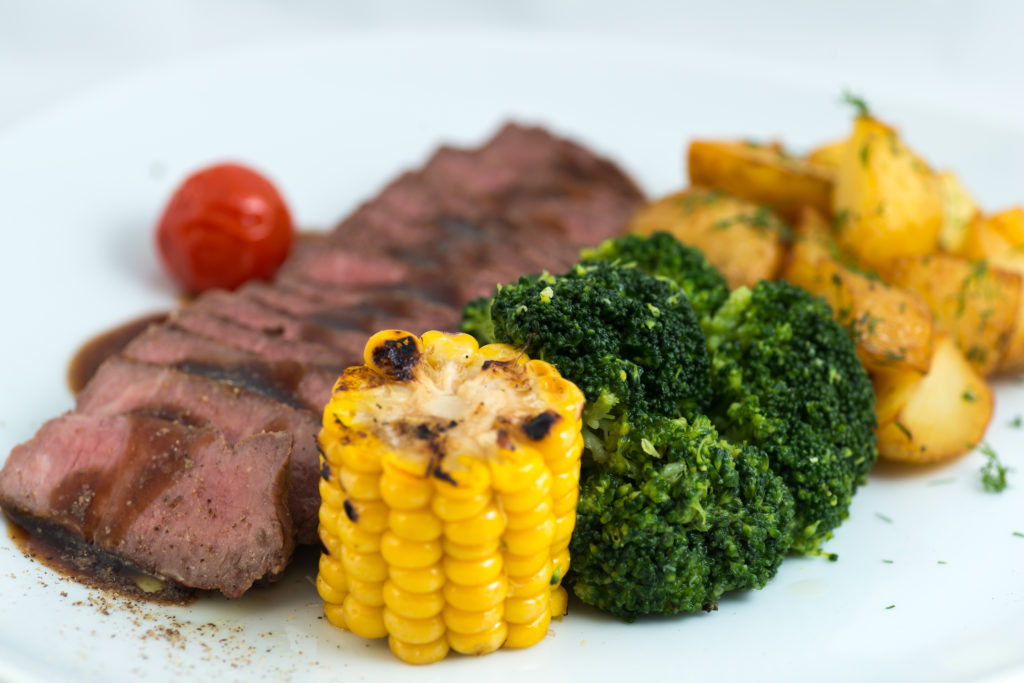
When it comes to meat, few other countries beat out the U.S. in terms of production and processing. According to the American Meat Institute, 2017 was a banner year for consumption across the country. The various meat companies produced 32.2 million cattle and calves, 9 billion chickens, and 121 million hogs.
Though not nearly as popular as other options, bison has become a favorite of many Americans. And rightfully so – it’s a unique meat that offers culinary graduates a different way to cook and serve guests.
If you’d like to delve into bison cooking, consider these four handy tips:
“Always take a ‘low and slow’ approach when cooking bison.”
1. Take your time
As the National Bison Association pointed out, many first-time chefs confuse bison with traditional beef. However, the two couldn’t be more different, and handling bison comes with its own set of rules. Chief among them is the importance of “low and slow” cooking. For instance, for well-done bison, you’d have to cook for a minimum of 10 hours at a temperature of 180 to 200 degrees Fahrenheit.
That’s because bison meat doesn’t have quite the same composition as standard beef, and it’s easy to overcook it if you’re not careful. This slow and steady pace ensures you monitor bison accordingly.
2. Heed the bison’s color
Part of the confusion experienced by many first-time chefs has to do with how bison and beef are nearly identical when uncooked. However, the NBA explained that chefs need to pay more attention to the color of bison, as it usually runs a much deeper red than beef cuts. That coloring is due to the lack of marbling, and that means there isn’t a layer of fat to protect the meat when it’s cooked. At the same time, less fat means a leaner cut of meat. It’s another reason why the “low and slow” approach to bison will ensure the proper cooking quality.
3. Consider the many cuts
As with any cut of meat, the tenderness of a bison depends on a few different factors, according to Canada’s Northfork farm: specifically, the age of the animal – older cuts mean more connective tissues – and where the muscle is located (muscles contain connective tissue). For tender cuts like prime rib and strip loin, you’re going to need a dry heat to ensure tenderness. With less tender meat – short ribs and brisket – you need a touch of moisture. Finally, those medium tender cuts, like brochette or medallions, require a balance between dry and moist heat.
4. Approach with caution
If you want to ensure the tastiest bison possible, you have to mull over other elements aside from cooking time and temperature, as the National Bison Association pointed out. For one, you might want to vacuum seal your meat while it thaws for a couple of days, as this will help preserve the quality. Never use water to finish thawing out the meat; that will generally ruin its texture and taste. Lastly, be sure to give the bison plenty of rest when it’s done cooking. Give it twice the time of traditional beef before cutting, or you run the risk of drying out those juices.



